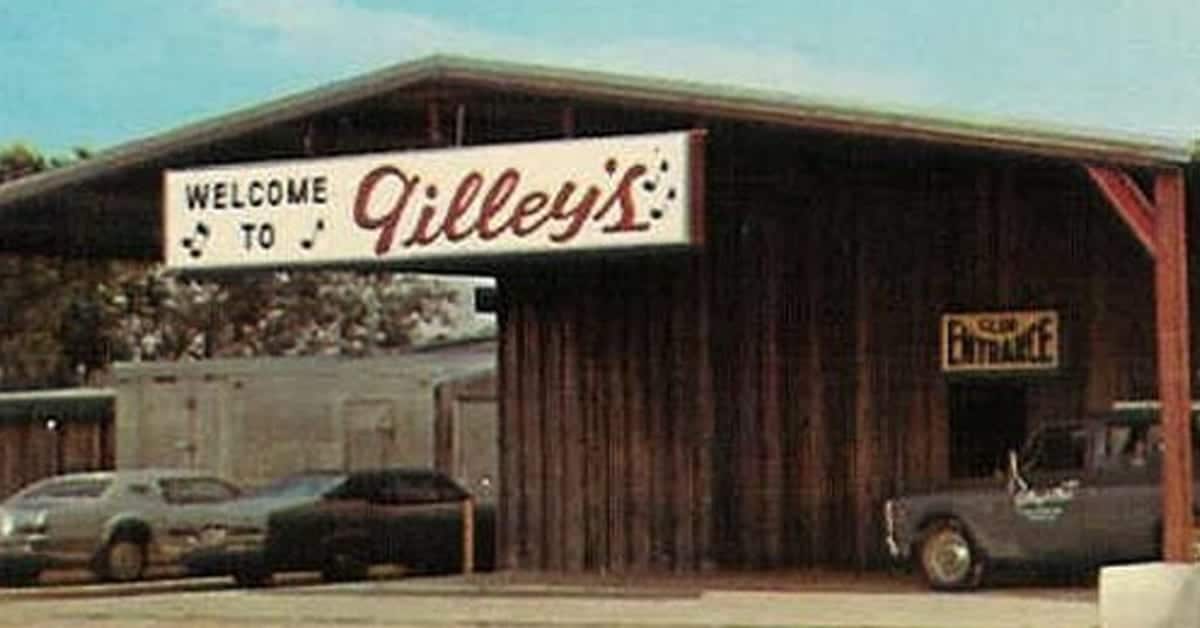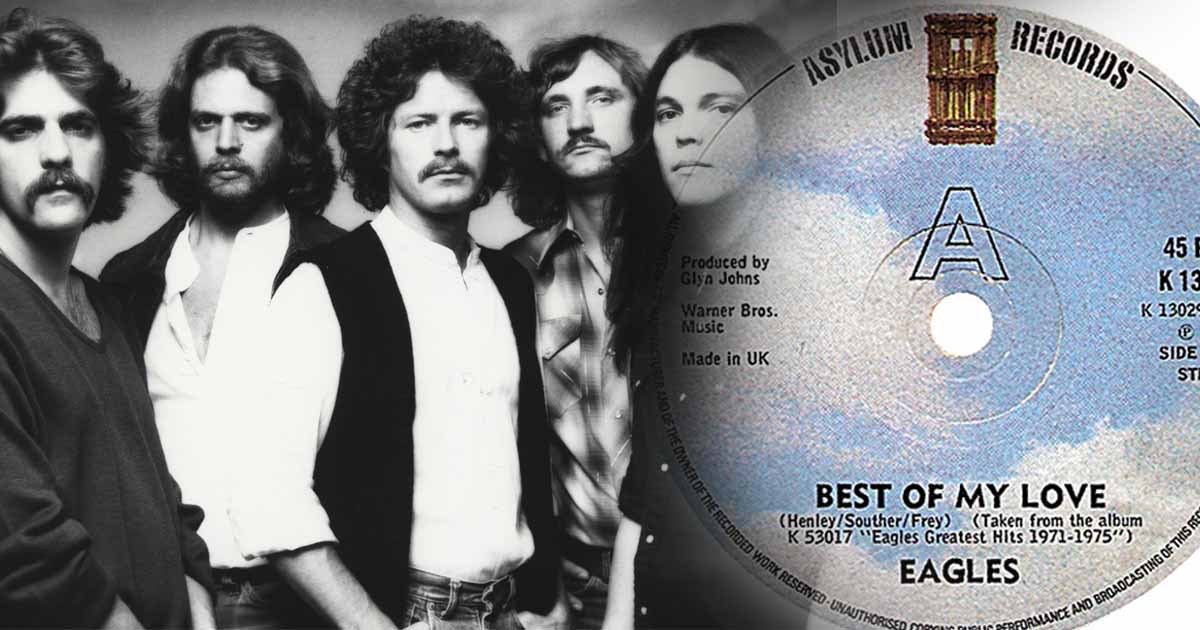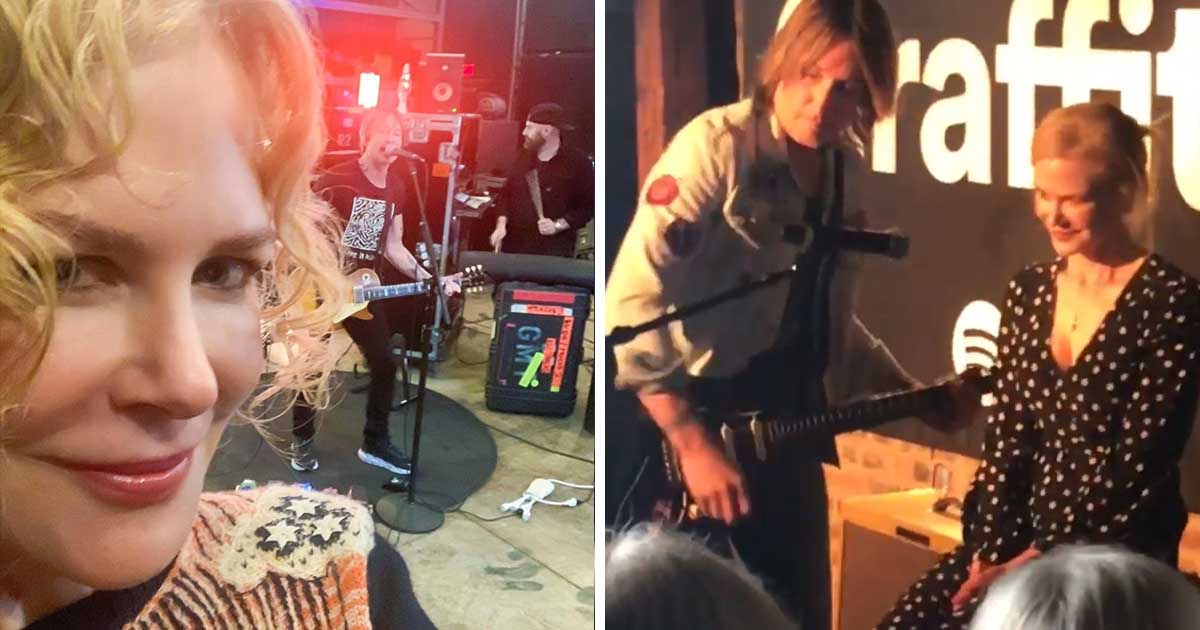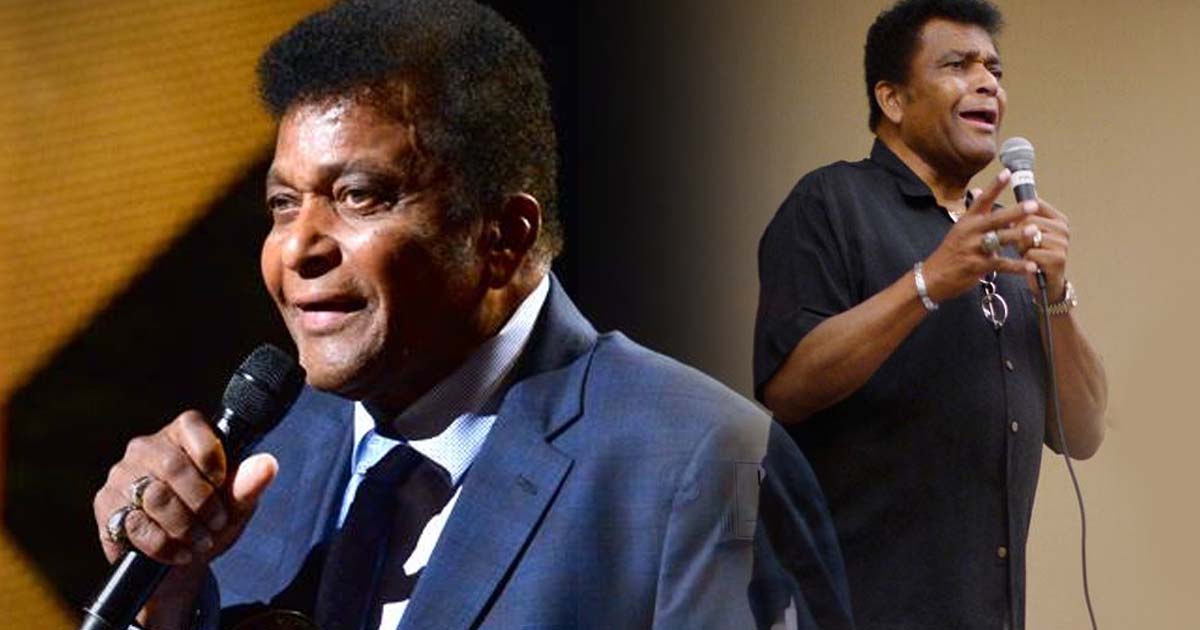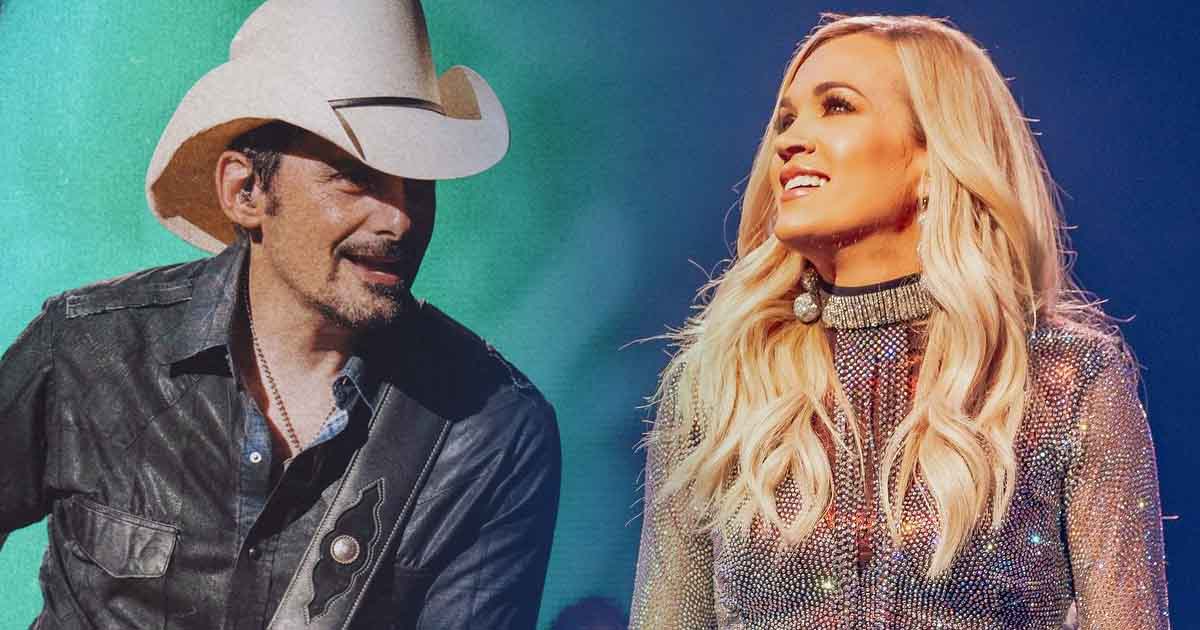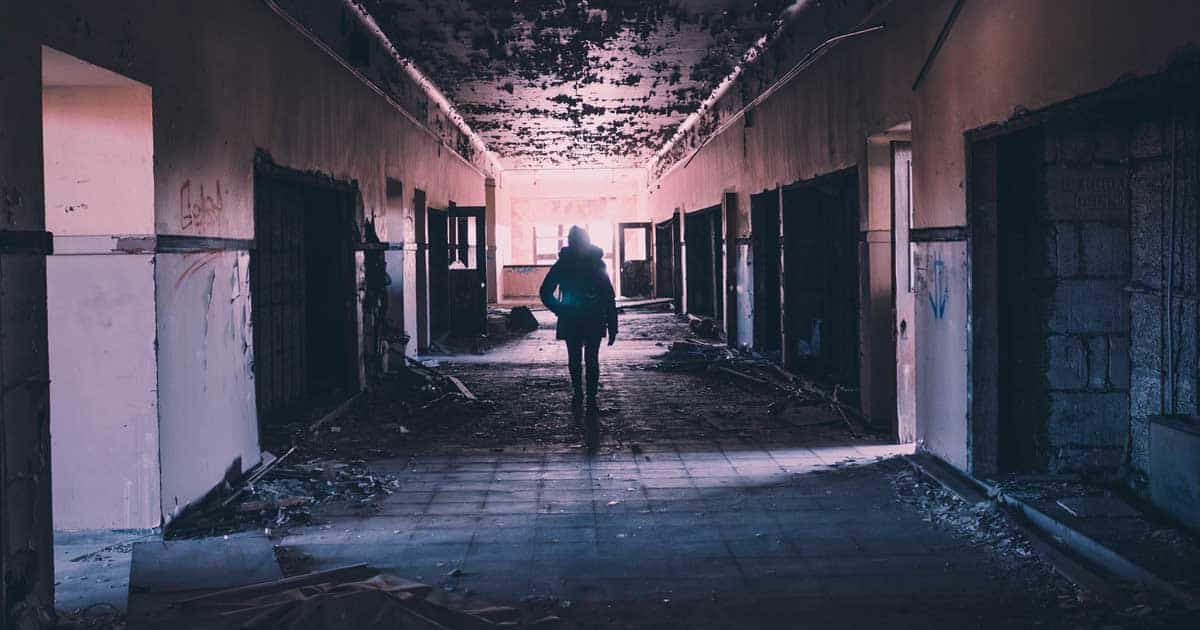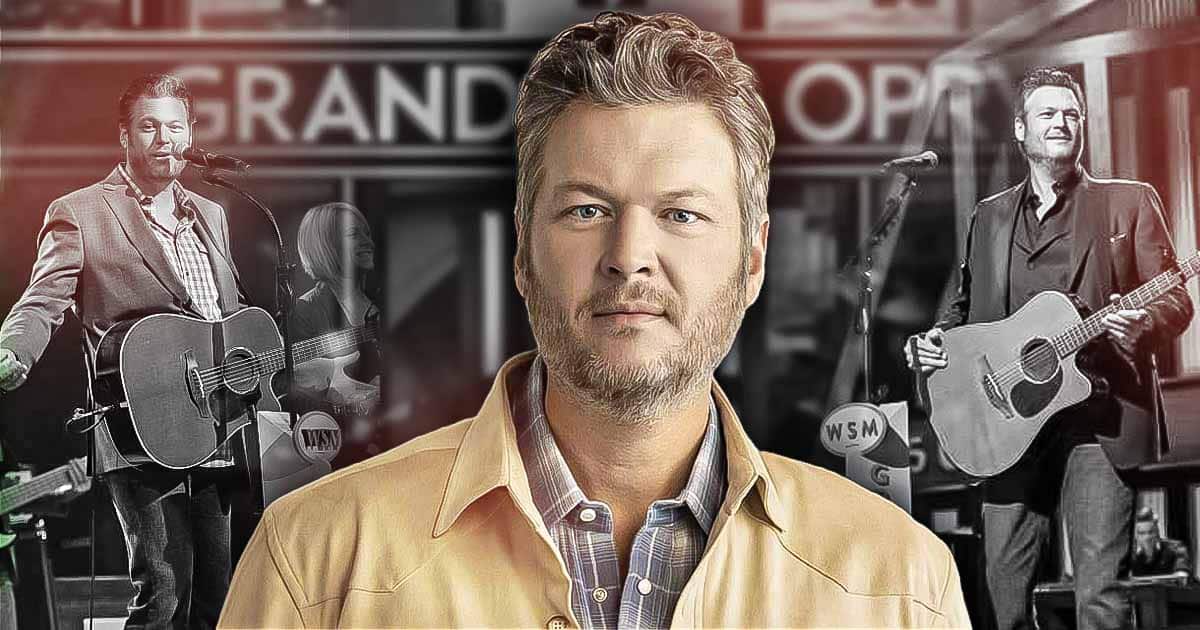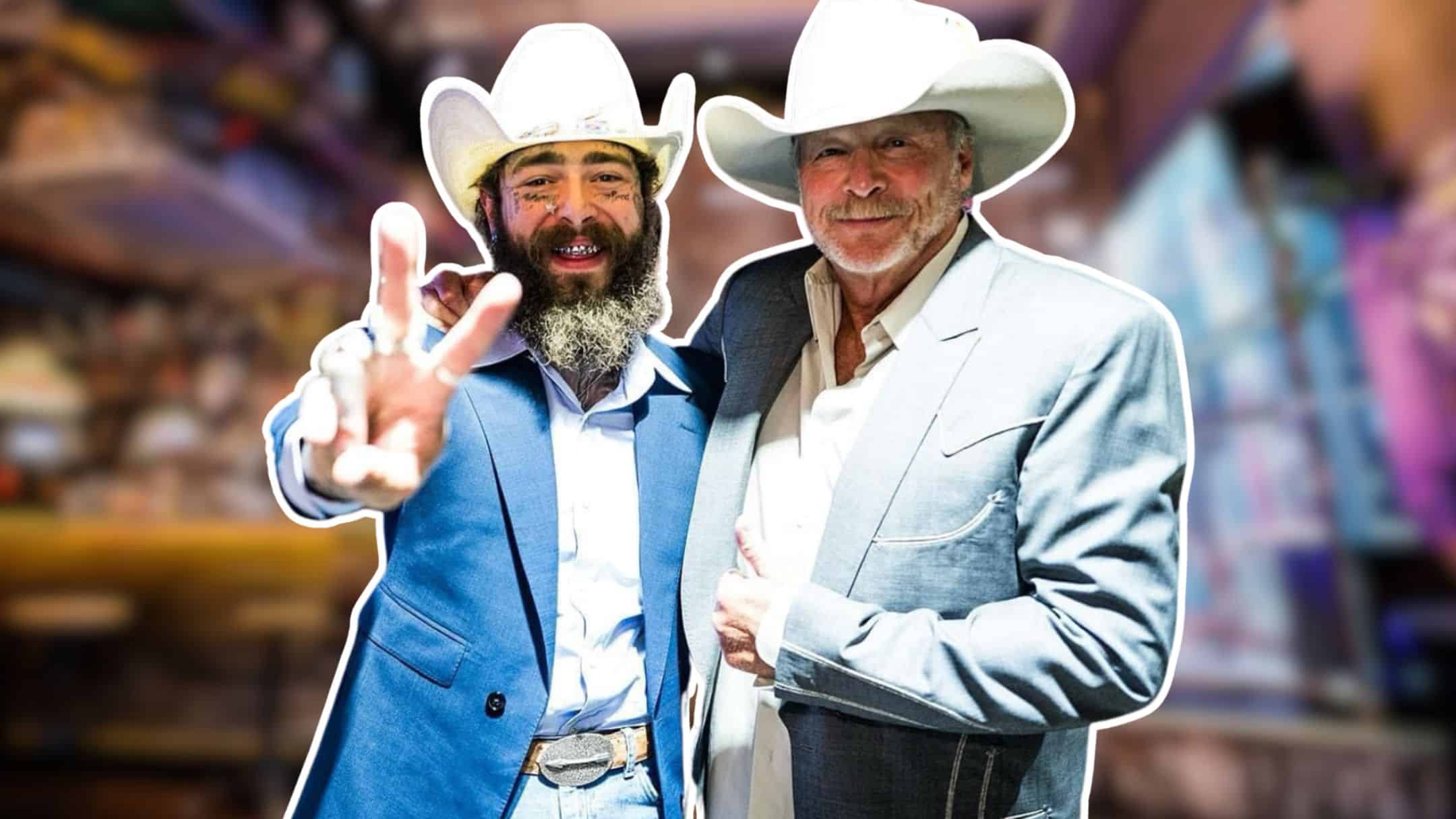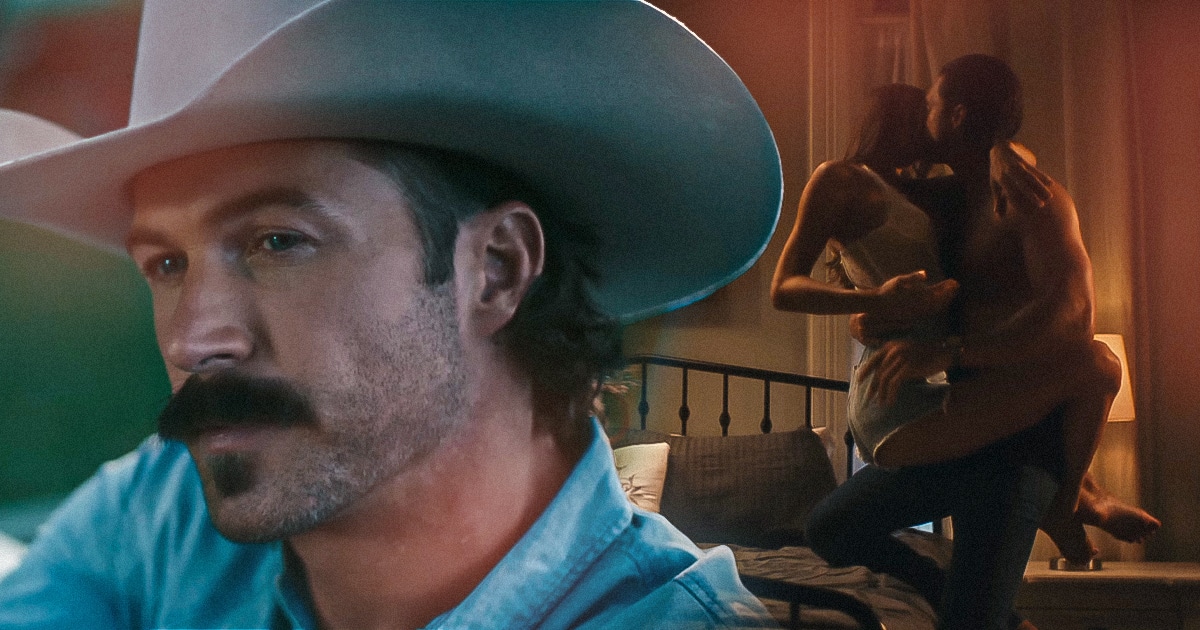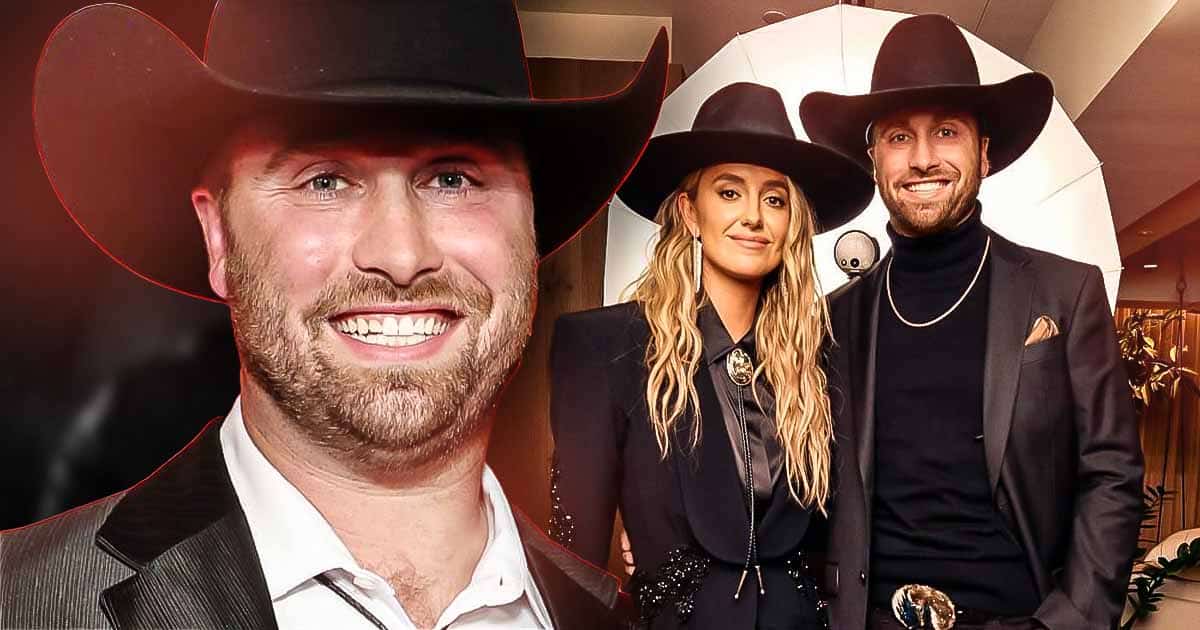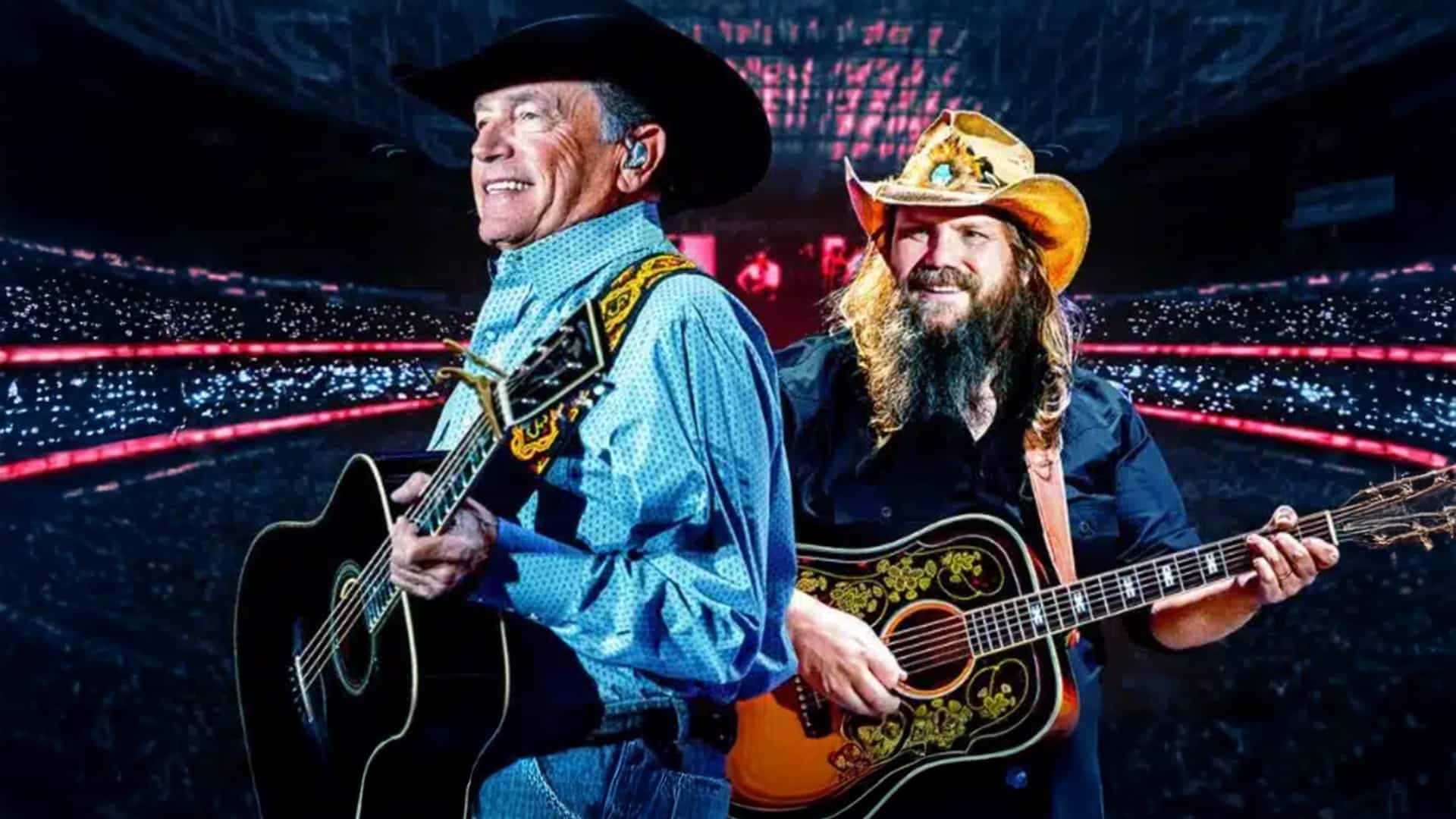If you haven’t heard about Gilley’s of Pasadena, Texas, then I’m afraid you’re not a true country music fan. The world-famous nightclub, with its mechanical bull and large dance floor, was billed as the ‘largest honky tonk in the world.’
It started when club owner, Sherwood Cryer, invited country music legend, Mickey Gilley, to join him as a partner in reopening a club he owned that had previously been named Shelley’s.
RELATED: Mickey Gilley’s Songs: The Best Songs By Our Favorite Urban Cowboy
The new partners remodeled the club and renamed it into Gilley’s starting in 1971. Gilley, who grew up in Ferriday, Louisiana originally wanted to call the club the “Den of Sin.” But Cryer insisted on naming it Gilley’s since Mickey Gilley himself was going to be the headlining act.
The club was almost immediately successful, and it quickly grew in popularity. The huge honky-tonk drew crowds of people all through the week soon after the opening. Every night it filled its 6,000-person capacity. People enjoyed its showers for truckers, a shooting gallery, pool tables, and punching bags. Of course, it has its legendary rodeo arena with mechanical bulls and a dance floor big enough for thousands.
Gilley’s became a home away from home for most of the residents in the area. These are mostly people who were working in nearby refineries and at other jobs. They head to the club after work to dance, drink, and even try to find love somewhere across the vast expanse of the club’s concrete floor.
Gilley’s opened its doors seven days a week, from 10 A.M. to 2 A.M. It lived to its motto, “We Doze but We Never Close.”
Making it to Hollywood
Loretta Lynn, Roseanne Cash, Ernest Tubb, and Emmylou Harris all played at Gilley’s and several other famous country artists. Most of the performances were recorded live and archived. The nightly shows were then broadcasted weekly on the radio from 1977 to 1989, and was called “Live from Gilley’s.” It was carried nationally by more than 500 stations. The show was even broadcasted around the globe, thanks to Armed Forces Radio.
Eventually, the reputation of Gilley’s being an enormous rough and tumble honky-tonk got Hollywood’s attention. In 1979, a highly-budgeted movie production rolled into Pasadena, Texas, to make a film that will heavily feature the night club.
Gilley’s became the center of attraction in the movie ‘Urban Cowboy,’ featuring Debra Winger and John Travolta. ‘Urban Cowboy’ tells a relatively simple tale of Bud, who moves from his family farm in Spur, Texas, to Pasadena to work in a refinery.
He immediately visited Gilley’s nightclub and quickly got drawn into the scene there. “This place is bigger than my whole hometown,” were Bud’s first words when he stepped into the club. Later on, Bud met an attractive regular at the club, named Sissy. The two decided to get married within a short period of time, and the ceremony took place at Gilley’s.
‘Urban Cowboy’ became a box office hit, which brought Gilley’s into American pop culture. It made the club one of Houston’s main tourist draws. Even after the fad passed, Gilley’s never stopped drawing crowds. In 1984, the Academy of Country Music awarded Gilley’s the title “best nightclub of the year.”
RELATED: Top-charting Songs from the ‘Urban Cowboy’ Soundtrack
End of Era
For better or for worse, Gilley’s location in Pasadena trudged on for a few more years.
However, in the late ’80s, Mickey Gilley and Sherwood Cryer had a falling out. Gilley became frustrated because he believed that Cryer has failed to maintain the place and present quality acts. Cryer also refused to make any significant renovations over the years. The crowd has constantly been complaining about dirty restrooms, a bad parking lot, and several other problems.
The contentious feud between the owners led to the club being closed and, eventually, a lengthy court battle.
In 1988, Gilley sued to gain control of the club. He claimed that Cryer had been keeping profits.
Cryer lost a $17 million lawsuit to singer Gilley when a jury found out that he had siphoned off big amounts of cash from businesses owned by the two men.
Gilley continued operating the 70,000-square-foot club until the judge ordered Gilley’s to close down in 1989 due to loss of profits. Sadly, on July 5, 1990, an Arson fire attack destroyed the main building.
The fire fiercely burned in the all-wood structure, reaching the rodeo arena and recording studio. It prevented firefighters from entering the building, which is spread out over 140,000 square feet. Several fingers pointed to Cryer, but he denied involvement.
Will Gilley’s Be Back To The Scene?
There have been recent reports that the beloved and iconic honky-tonk dance hall will return to the Houston area. Gilley’s will be part of a 16-acre entertainment center construction in League City, just 17 miles south of its original location.
Gilley’s Entertainment Center will be a re-imagined, family-friendly version of Gilley’s. It will feature a restaurant, concert hall, and meeting and event venues. Construction of the site will start this year.
But whether or not this will happen, one thing is for sure. The Houston area has changed enormously for over 40 years that have passed since “Urban Cowboy” captured the colorful slice of local life in Gilley’s. Though it’s now impossible to go back in time again, we’re lucky the movie has immortalized an exciting moment not only in the local history but also in the world of country music.

